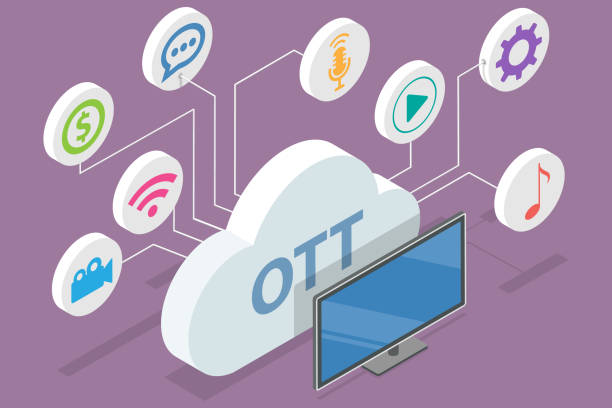· 2 min read
OTT (Over-The-Top) and CTV (Connected TV) vs. Cable and Broadcast TV
Discover how Top Stream is revolutionizing the way we approach streaming technology.

OTT (Over-The-Top) and CTV (Connected TV) vs. Cable and Broadcast TV
OTT describes the method of delivering video content directly over the internet, bypassing traditional cable or satellite services. Services like Netflix, Hulu, Disney+, and YouTube allow users to stream shows and movies on-demand from various devices, such as smartphones, tablets, computers, and TVs. This flexibility contrasts sharply with cable and broadcast TV, where programming follows fixed schedules and requires a subscription to specific providers.
What is CTV?
CTV refers to the devices used to watch OTT content on a TV screen. Examples include smart TVs (like those from Samsung or LG), and devices such as Roku, Amazon Fire Stick, and Apple TV, or even gaming consoles. CTV integrates OTT platforms directly into your television, enabling you to access a vast library of content without relying on traditional cable infrastructure.
Comparison:
Cable/Broadcast TV: Operates on a rigid schedule and requires specific infrastructure, such as a cable box or antenna. It broadcasts programs live, limiting viewers to watch content when it airs unless they record it using a DVR.
OTT: Provides on-demand, internet-based streaming that viewers can access anytime, from anywhere, using various devices. It offers flexibility and convenience not found in traditional TV models.
CTV: Converts the TV into a digital hub, streaming OTT content through internetconnected devices, making it a modern alternative to cable setups. It delivers the flexibility of OTT but with the comfort of watching on a large TV screen, unlike smaller devices.
Summary: While traditional TV ties viewers to fixed schedules and infrastructure, OTT and CTV allow for an on-demand, customizable experience. The growing adoption of these technologies demonstrates a shift in how modern audiences, especially younger demographics, consume video entertainment



